Many thanks to SWLing Post contributor, Don Moore–noted author, traveler, and DXer–for the latest installment of his Photo Album guest post series:
Don Moore’s Photo Album: The Museums of Galicia
by Don Moore
Some of my favorite sites to visit while traveling are historical, marine, and military museums. I’ve always been interested in those subjects and sometimes those kinds of museums have a few old radios on display. That makes a nice bonus to the visit. Last year, I spent May and June traveling all over Spain (with some short excursions into neighboring countries). One of my favorite regions was Galicia, where I stayed for five nights in the capital of A Coruña and six days in a rural village to the east. And the museums of Galicia had some of the most interesting radio-themed items I’ve ever seen.
Galicia is that small region of northwestern Spain directly north of Portugal. It was part of the Celtic world (along with Brittany in France and the British Isles) and the coastline was home to Phoenician and Greek settlements. It later came under Roman rule along with the rest of the Iberian Peninsula.
Spanish is spoken everywhere but the people are proud of their native language, Galician or Gallego. The language looks and sounds like Portuguese with a lot of Spanish influence but is actually older than either of those. Some linguists believe that Portuguese was derived from Galician.
The rugged Galician coast is one of the most beautiful I’ve ever seen with its numerous bays, estuaries, steep hillsides, and rocky shore. Most of Spain is arid but Galicia is one of the rainiest parts of Europe so the countryside is green and lush. And because of the neighboring cold Atlantic Ocean, temperatures remain comfortable even when the rest of Spain (and places further north) are baking in the summer heat.
MOON RADIO
One of the first places I visited in A Coruña was the Museo Nacional de Ciencia e Tecnología on the west side of the harbor. The very first display in the museum is a piece of radio history like no other. In the 1960s NASA set up a network of communication stations around the world to maintain constant contact with the Apollo moon missions. The primary stations were located in rural California, near Canberra in Australia, and in the little village of Fresnedillas outside Madrid. When Neil Armstrong and Buzz Aldrin landed on the moon in 1969 Madrid was facing towards them and received the first radio transmissions from the surface of the moon. This museum has one of several redundant radio racks that were used to receive that historic broadcast.
After visiting the museum I wandered uphill to Monte de San Pedro Park, the best place in A Coruña to view the city and harbor. Those heights were also once vital to the city’s defenses and the park contains several mothballed gun turrets built in the 1930s.
I was thrilled to see that rack of no-longer-modern radio equipment at the museum, but just as amazing was another communications structure two kilometers away across the harbor. The Torre de Hércules lighthouse was built by the Romans in the 1st century A.D.; the name of the architect is still visible on the cornerstone. It may have been built on the foundation of an even earlier structure built by the Phoenicians. Much of the tower is original although it has gone through some changes such as the addition of another floor. Wooden bonfires were replaced by gas lamps and then electricity but the lighthouse has been in constant use since the 2nd century A.D. and is the oldest in the world.
CLOSE TO THE SEA
Everywhere in Galicia is close to the sea and life revolves around it. Sailing, fishing, and ship building are a key part of the region’s history and identity. Unsurprisingly, seafood is the staple of the local diet and the favorite dish in Galicia is octopus. Every day in downtown A Coruña I walked by a supermarket billboard featuring Grandma making octopus for dinner. I don’t know how many ways they prepare octopus in Galicia but I tried as many as I could and enjoyed every one of them.
The Galician coast is dotted with small towns and cities. One of the most important and historically interesting is Ferrol, on another estuary about twenty kilometers northeast of A Coruña. (Or seventy-five kilometers by road winding around the bays.) This small city has the best natural harbor in Europe and its location on the edge of the Atlantic made it an important stopping point for ships in need of repairs. The Phoenicians and ancient Greeks had settlements here and it was an important Roman port. Centuries later Spain established a key navy base here and in the 1700s turned Ferrol into the most important ship-building center for their navy. Not only did Ferrol have a good harbor but the location also had excellent natural defenses. It was frequently attacked during wars, especially by the British, but never captured. One time, in 1800, a small force of poorly armed soldiers and local volunteers successfully turned away a British landing force backed by 109 vessels.
Spain has a long and storied naval history and today the Spanish Navy operates a string of historical museums around the country. The one in Madrid (which I visited in 2011) is excellent. The Museo Naval de Ferrol is somewhat smaller but no less fascinating to visit.
As much as I enjoyed the huge models of old ships and other memorabilia, the highlight for me was something a little more modern. The Andalusia was one of five Baleares class frigates built by the Spanish Navy around 1970 using the same design of the US Knox class frigates. When the vessel was decommissioned in 2005 the entire radio room was moved to the Ferrol Museum. Seeing this was almost as fun as being in the actual radio room on the vessel. (It wasn’t easy to get good angles in the tight space so some of the pictures are a bit crooked.)
THE SHIP-BUILDERS
After visiting the naval museum I had a plate of delicious grilled Galician pulpo at a nearby bar and then returned to visit the naval museum’s next door neighbor, the Fundación ExpoNav. This non-profit private museum is located in a huge stone building that once housed the iron works for the shipyards. Today its cavernous space contains exhibits about ship building and navigation from ancient times to the modern age.
One small part of the museum explained how morse code beacons on longwave were used in navigation. I’ve DXed longwave beacons for years but for the first time I saw an actual beacon transmitter and a direction-finding receiver as used on a ship. The entire museum was fascinating but this display provided that sweet radio-focused bonus.
I would have liked to wander around Ferrol but it was pouring rain when I left the ExpoNav museum so instead I caught the next bus back to A Coruña. From the road I had a good view of the modern shipyard on the east side of the harbor.
FINAL THOUGHTS
This was my second visit to Spain and I came away even more in love with the country. Spain is the kind of place that if you put a map on the wall and threw a dart at it anywhere the dart landed would be worth visiting. My favorite less-known place was Zaragoza, the capital of Aragon. I also visited Granada, Cordoba, Sevilla, Merida, Trujillo, Salamanca, Oviedo, and Santander and can recommend all of them. The only place I visited and can’t recommend is Barcelona. The city is beautiful and full of interesting sites, but so are many other places in Spain. Barcelona is also crammed full of hordes of international tourists. Spain has many more interesting places where the serious traveler can avoid the crowds and have a more authentic experience.
Finally, if you can’t visit Galicia it is possible to DX it. A Coruña is home to A Coruña Radio, one of the most important marine utility stations in the world. It is the most active station in the DSC system. See my article on monitoring DSC. A Coruña Radio can also be heard in voice mode but only on lower frequencies (where it’s unlikely to be heard outside of Europe and eastern North America). See my article on DXing the MF marine bands.
- https://swling.com/blog/2022/11/guest-post-monitoring-digital-selective-calling-dcs-with-yadd/
- https://swling.com/blog/2021/12/guest-post-an-introduction-to-dxing-the-mf-marine-bands/
LINKS
- https://www.agenciasinc.es/en/Report/The-inhabitants-of-Madrid-s-moon-landing-village – Very interesting article on the Fresnedillas site from the 50th anniversary of the moon landing.
- https://muncyt.es/ – the Museo Nacional de Ciencia e Tecnología website.
- http://web.mit.edu/digitalapollo/Documents/Chapter8/apollomsfn.pdf – PDF of a 1968 document outlining the NASA communications system
- https://www.nasa.gov/directorates/heo/scan/services/overview/AntennaGallery-004.html – Photo of the Fresnedillas station.
- https://armada.defensa.gob.es/ArmadaPortal/page/Portal/ArmadaEspannola/cienciaorgano/prefLang-es/01cienciamuseo–08museosfiliales–03museoferrol–00inicio – Museo Naval de Ferrol website.
- https://exponav.org/ – ExpoNav Museum website.
- https://www.turismo.gal/inicio?langId=en_US – Official Tourism site for Galicia

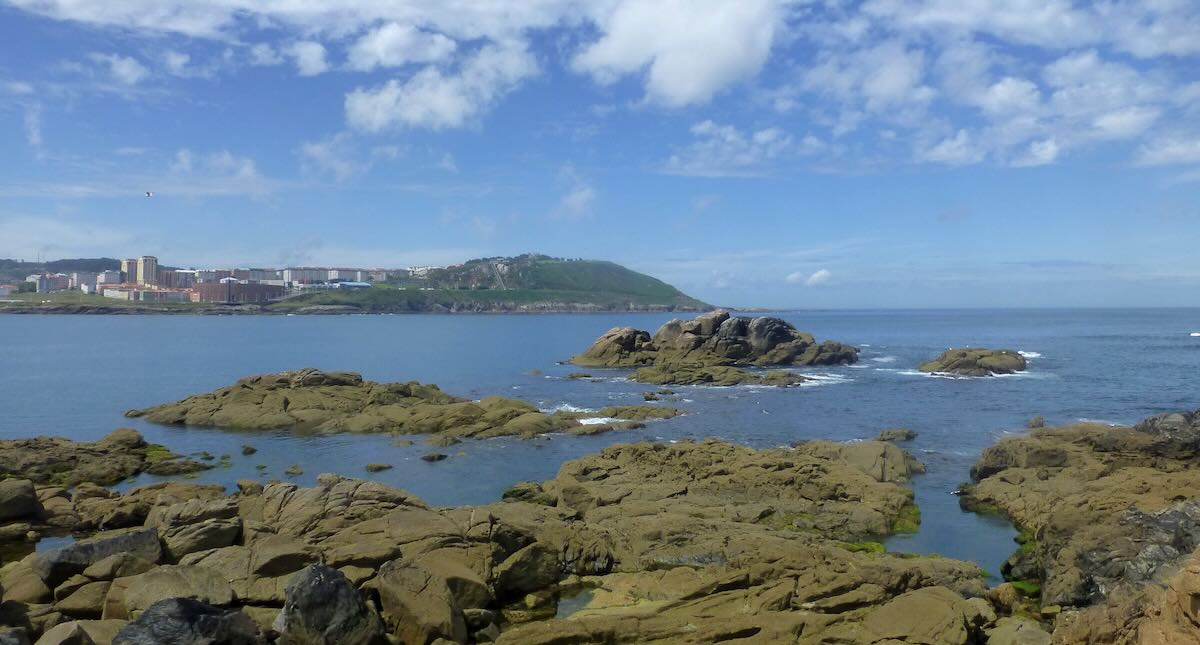

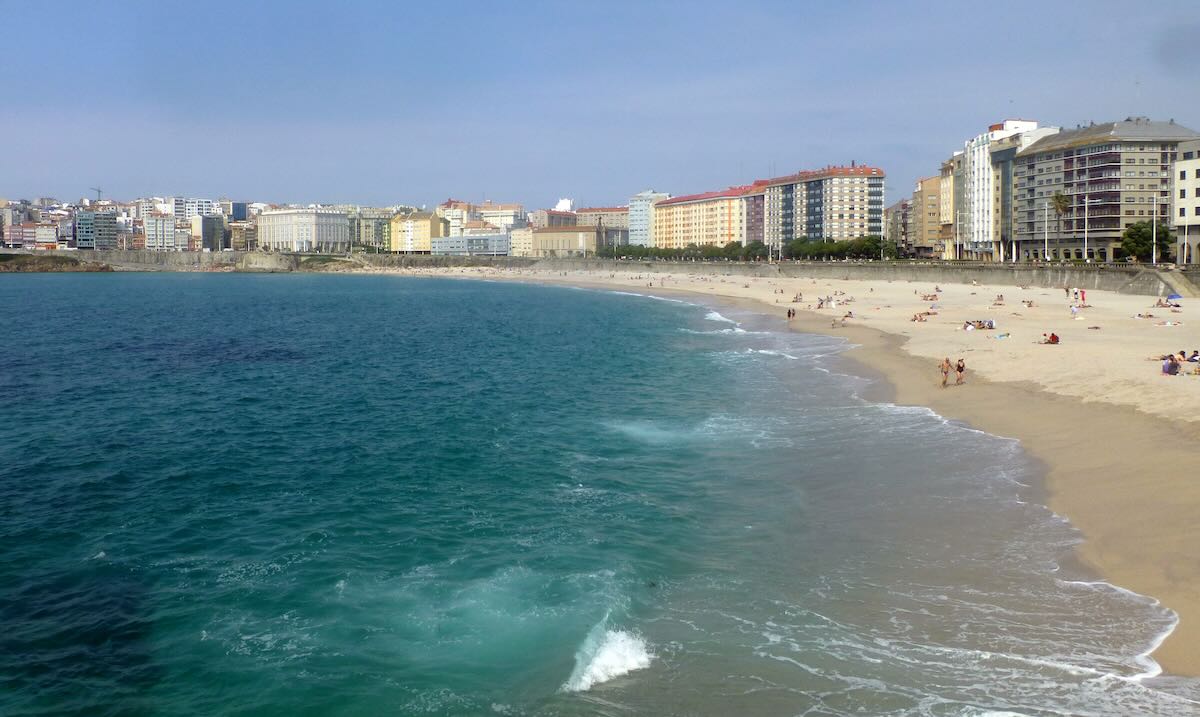
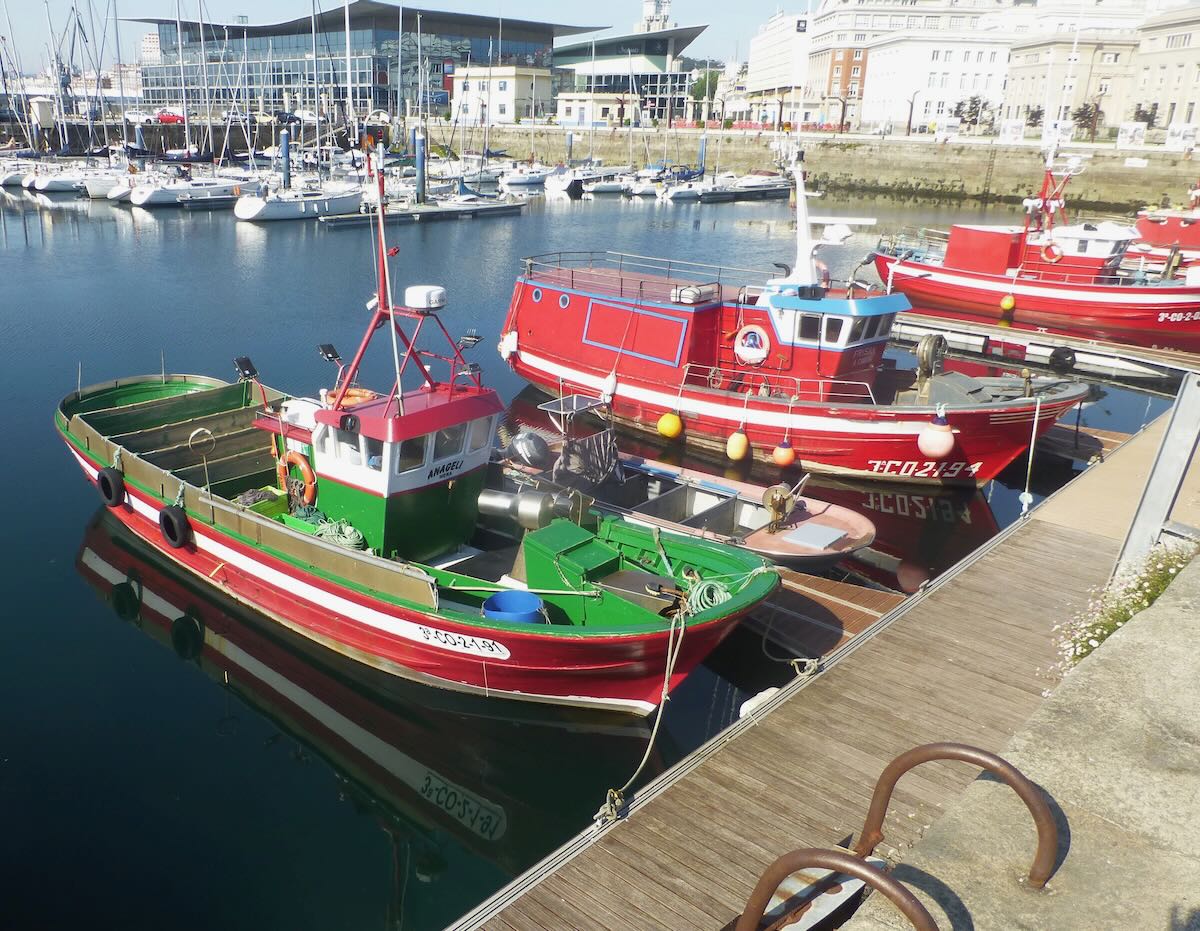
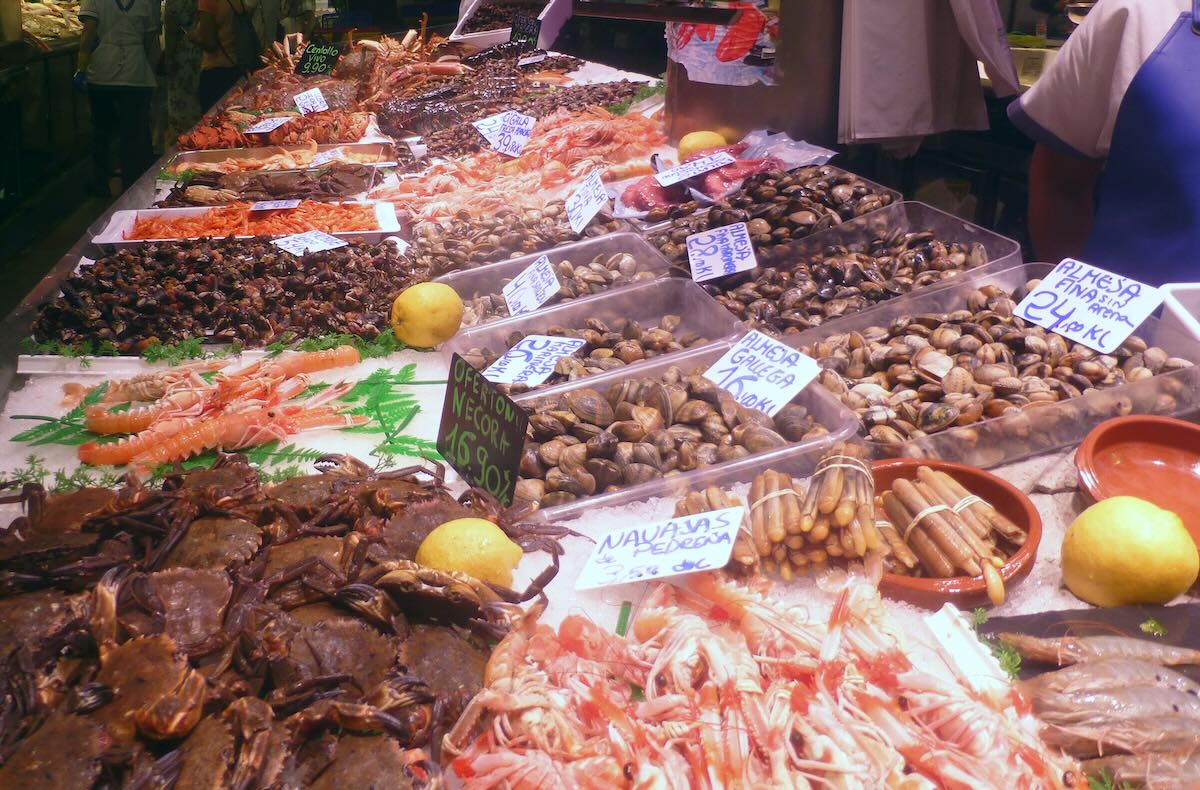
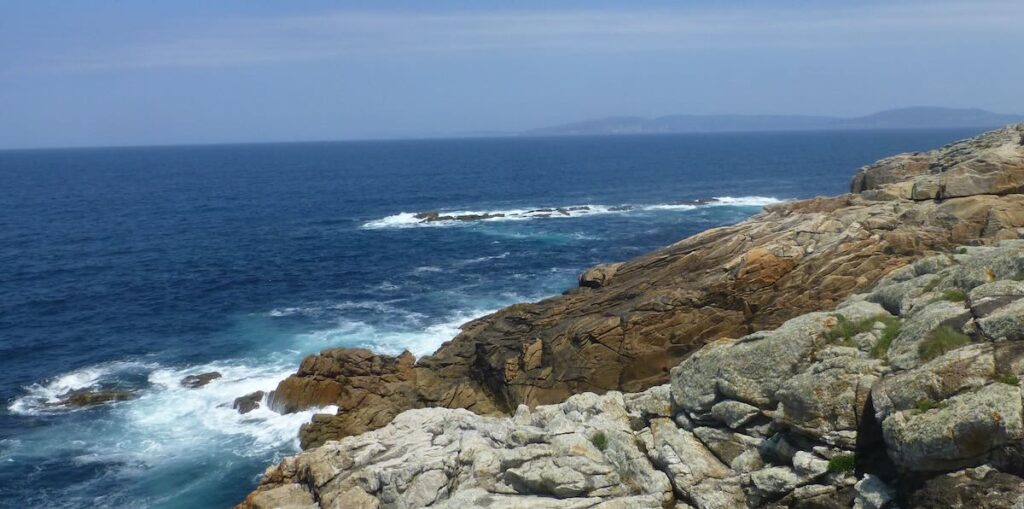
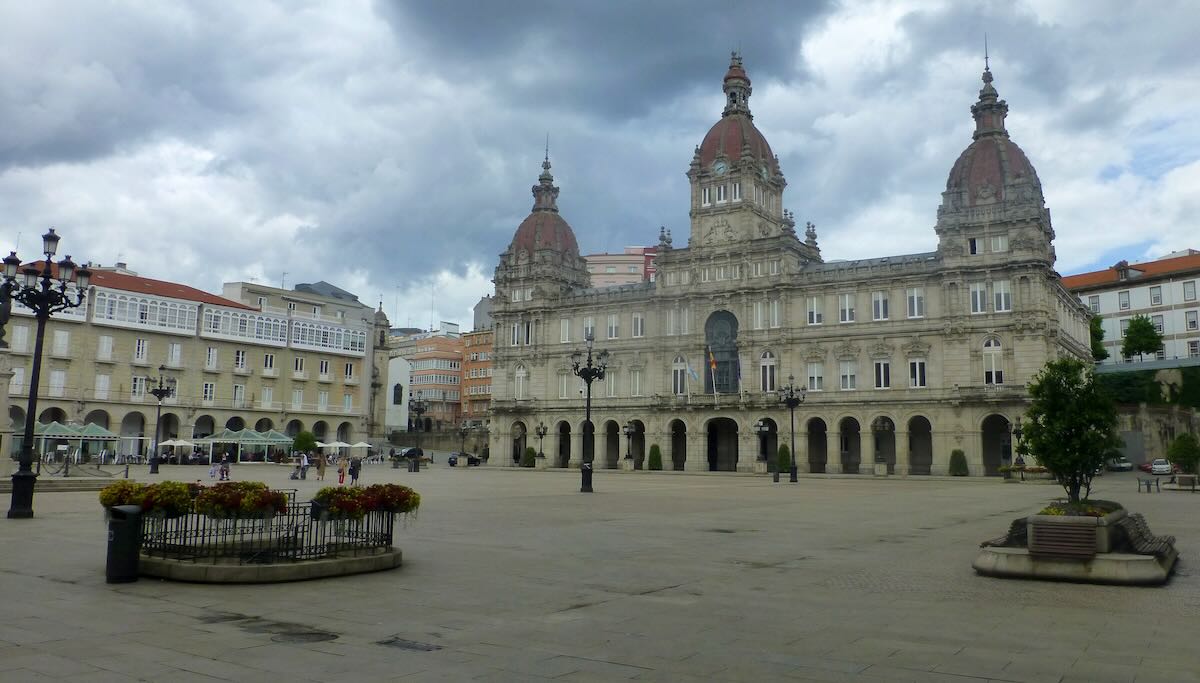
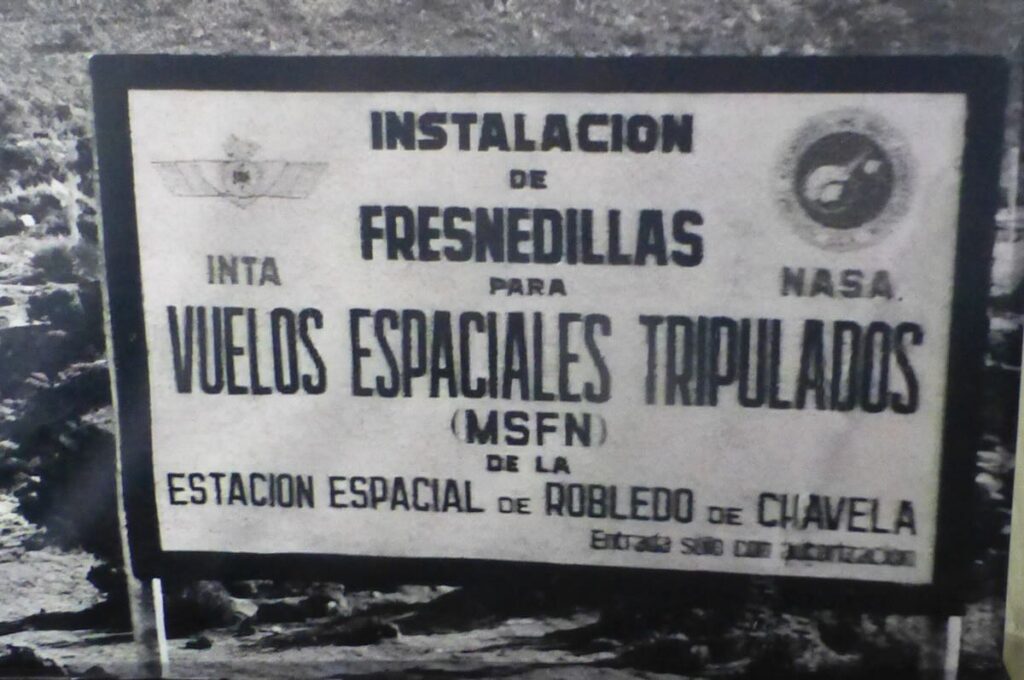
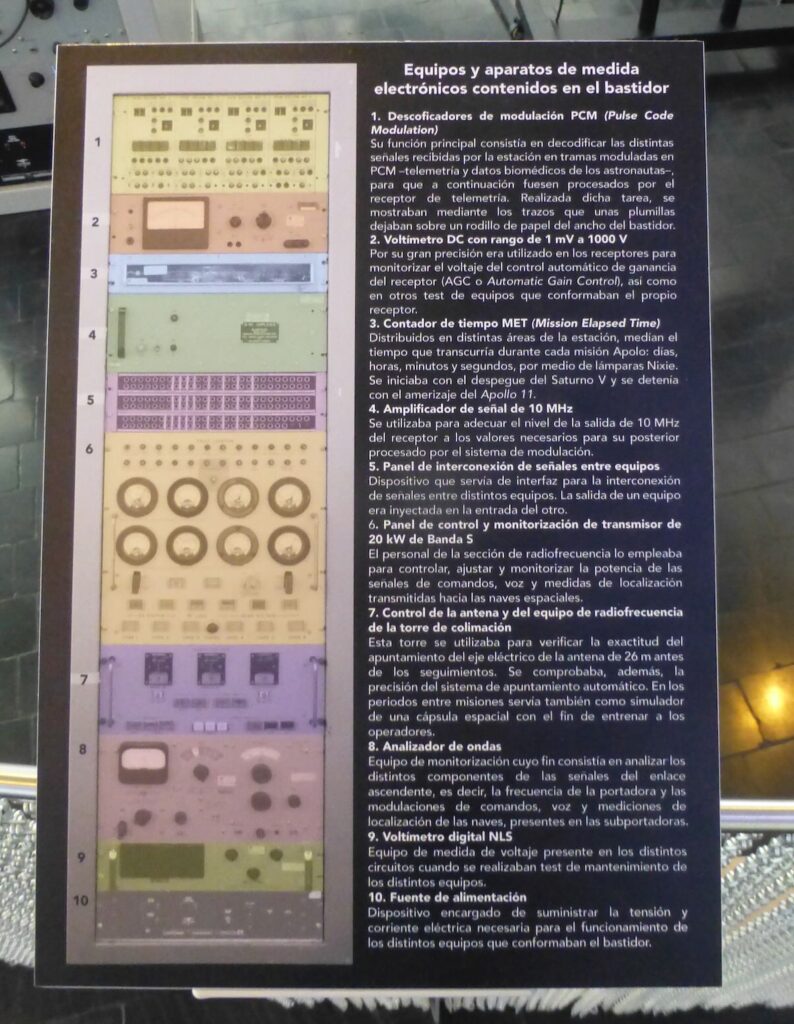
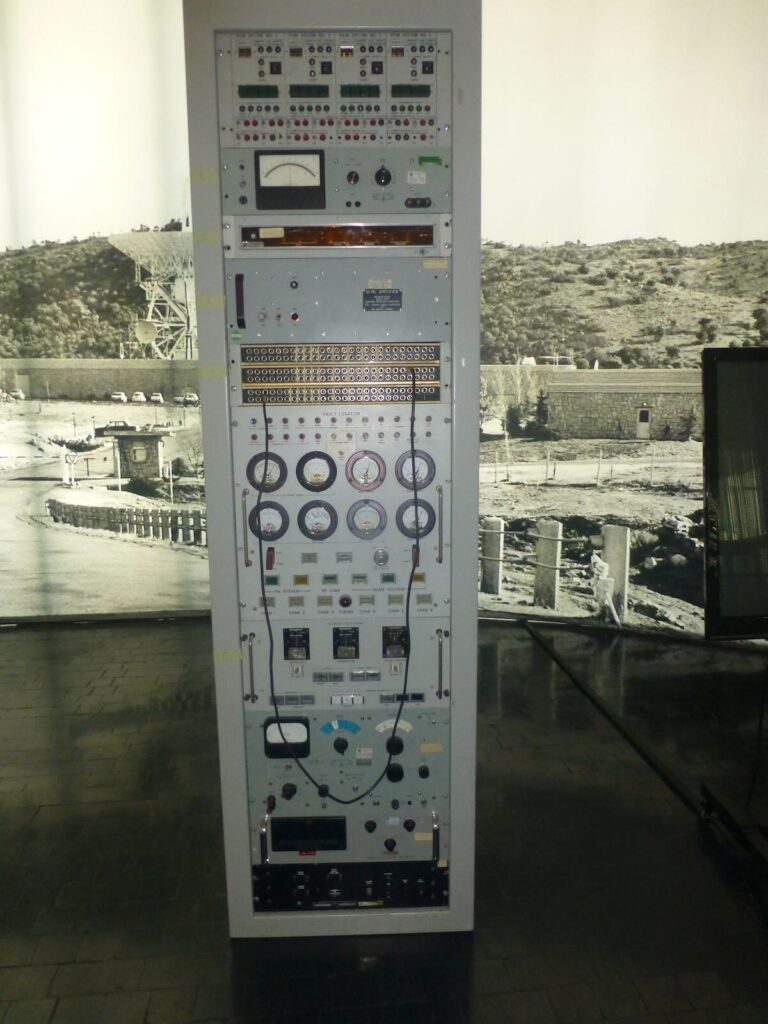
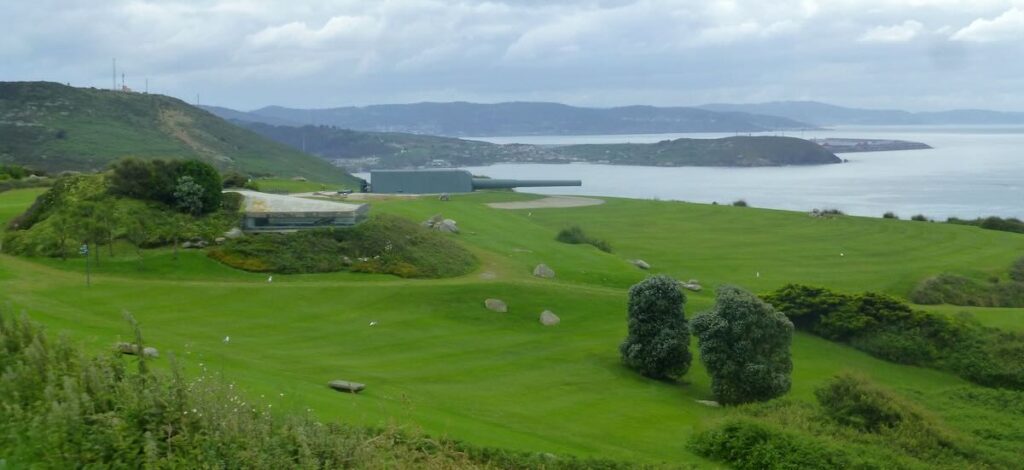
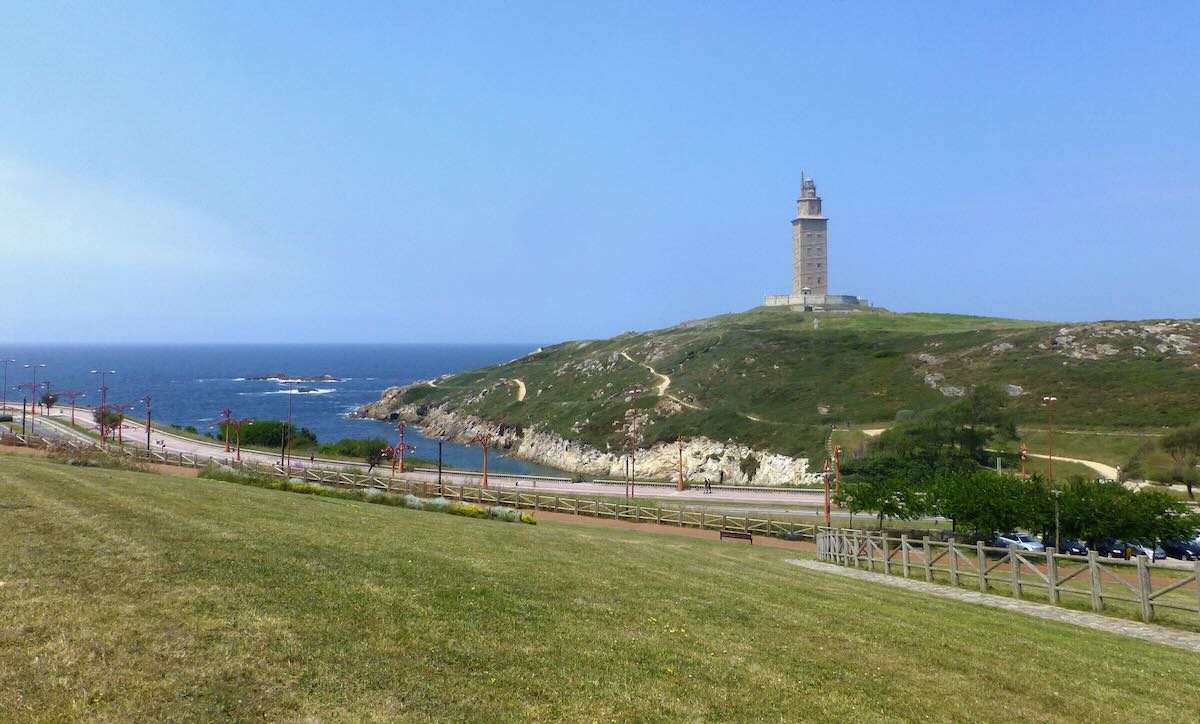

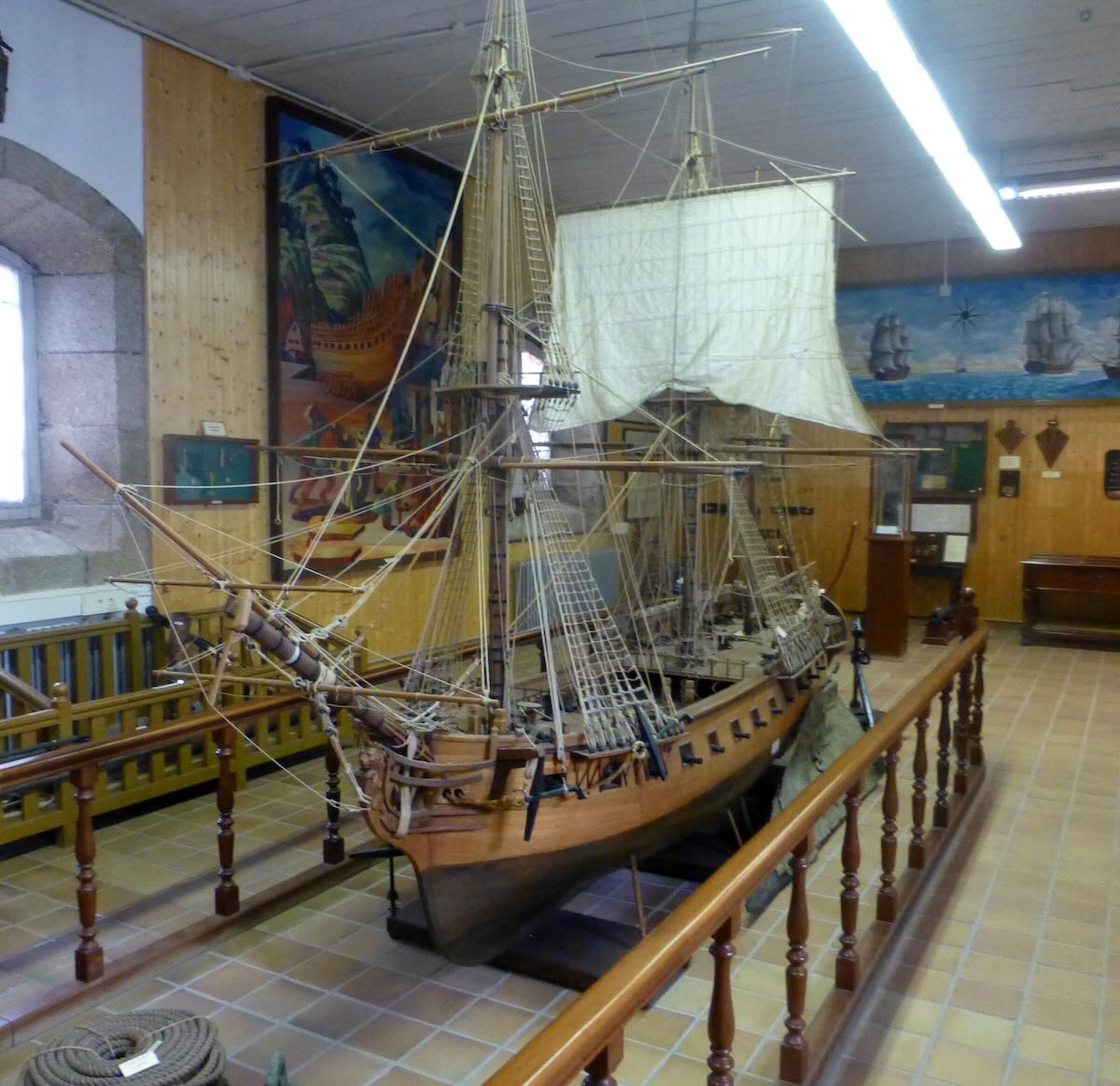
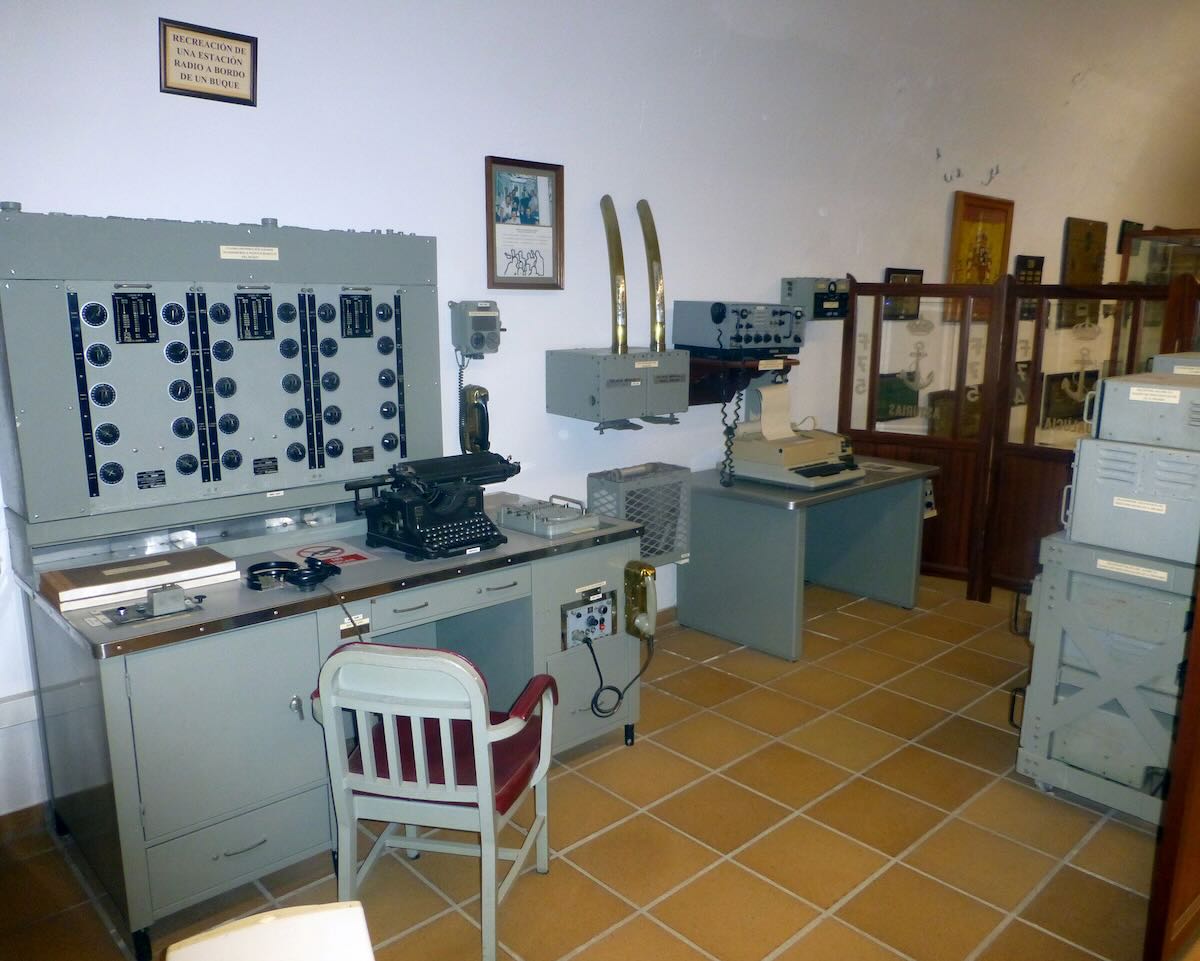
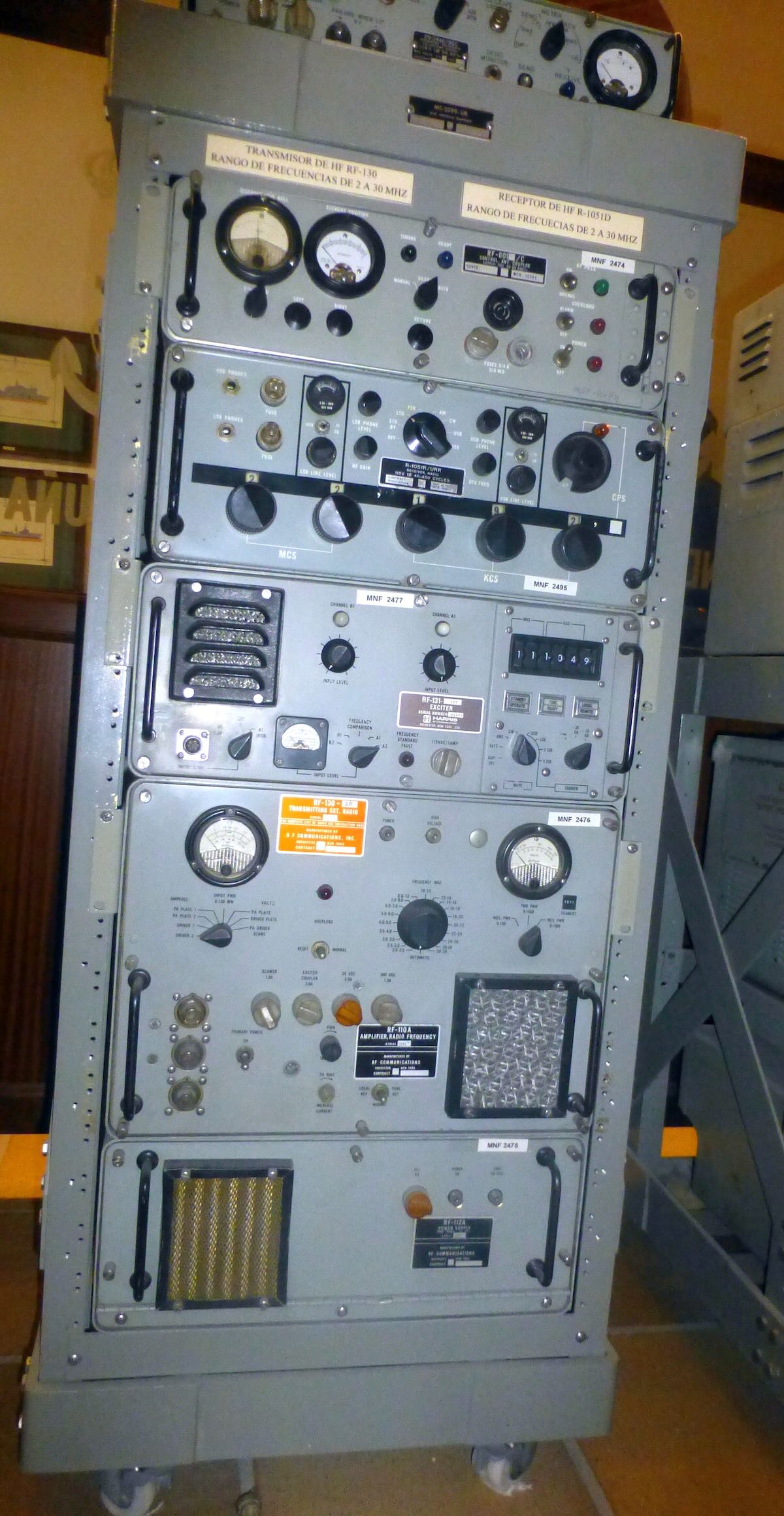
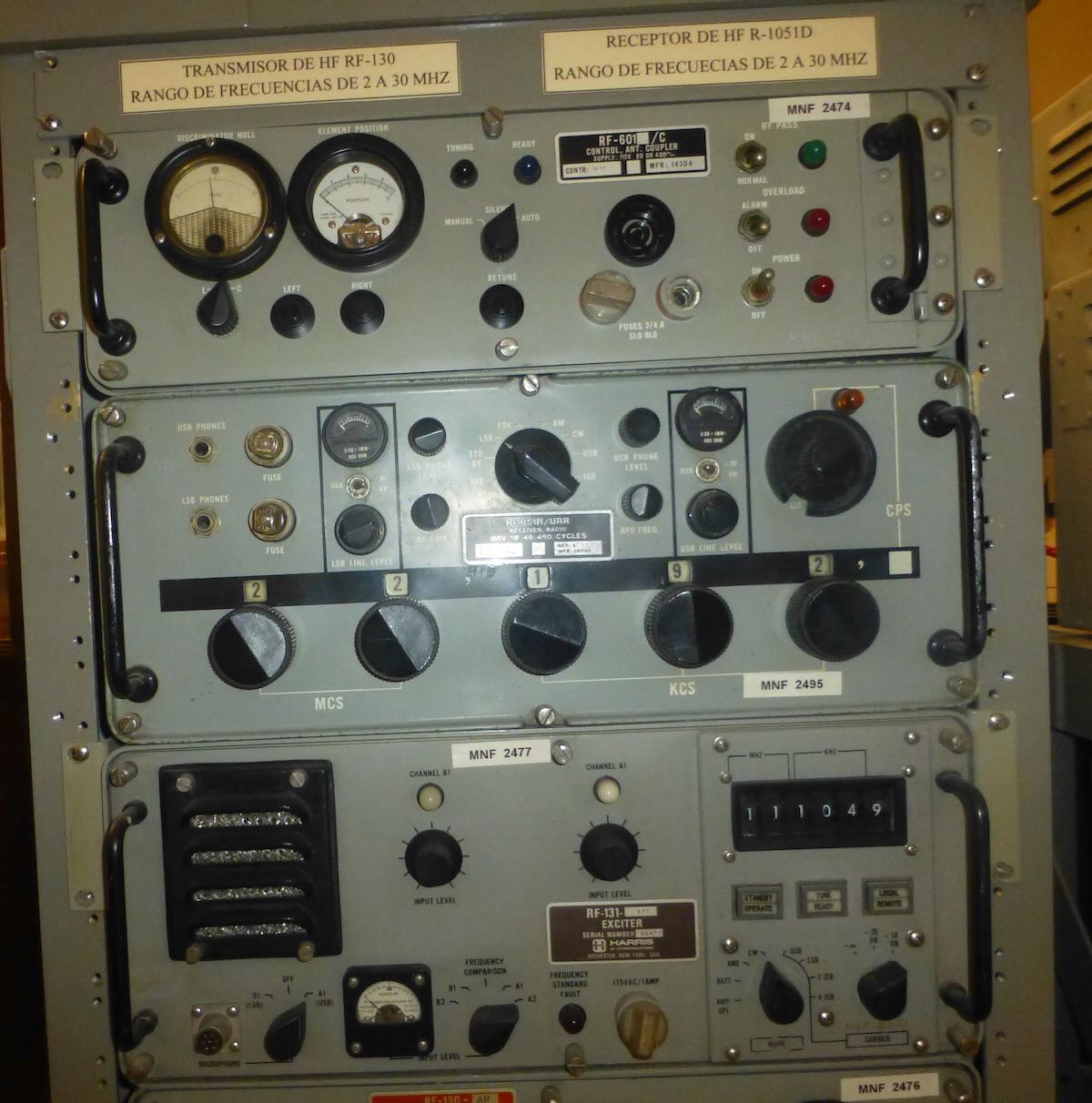
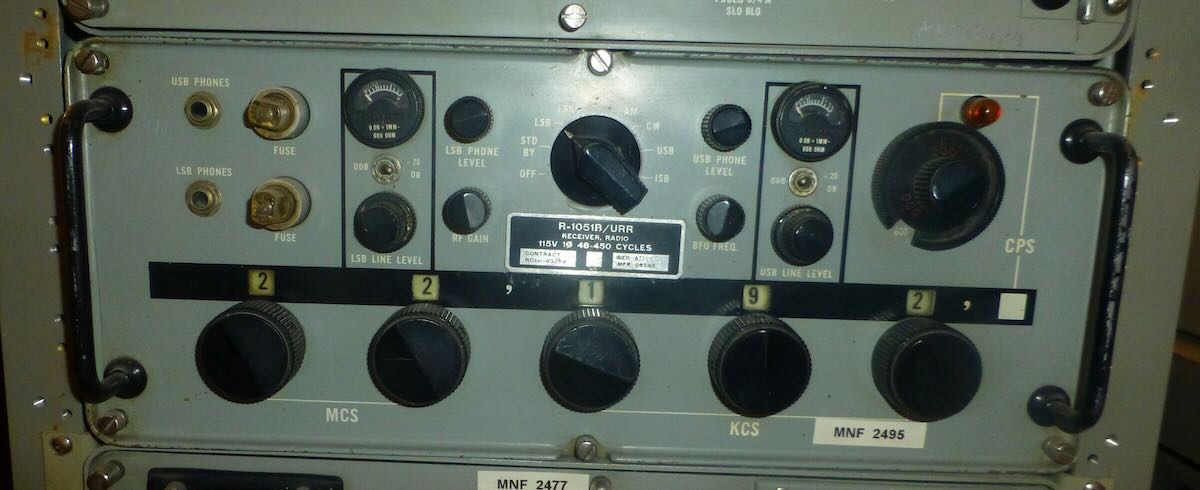
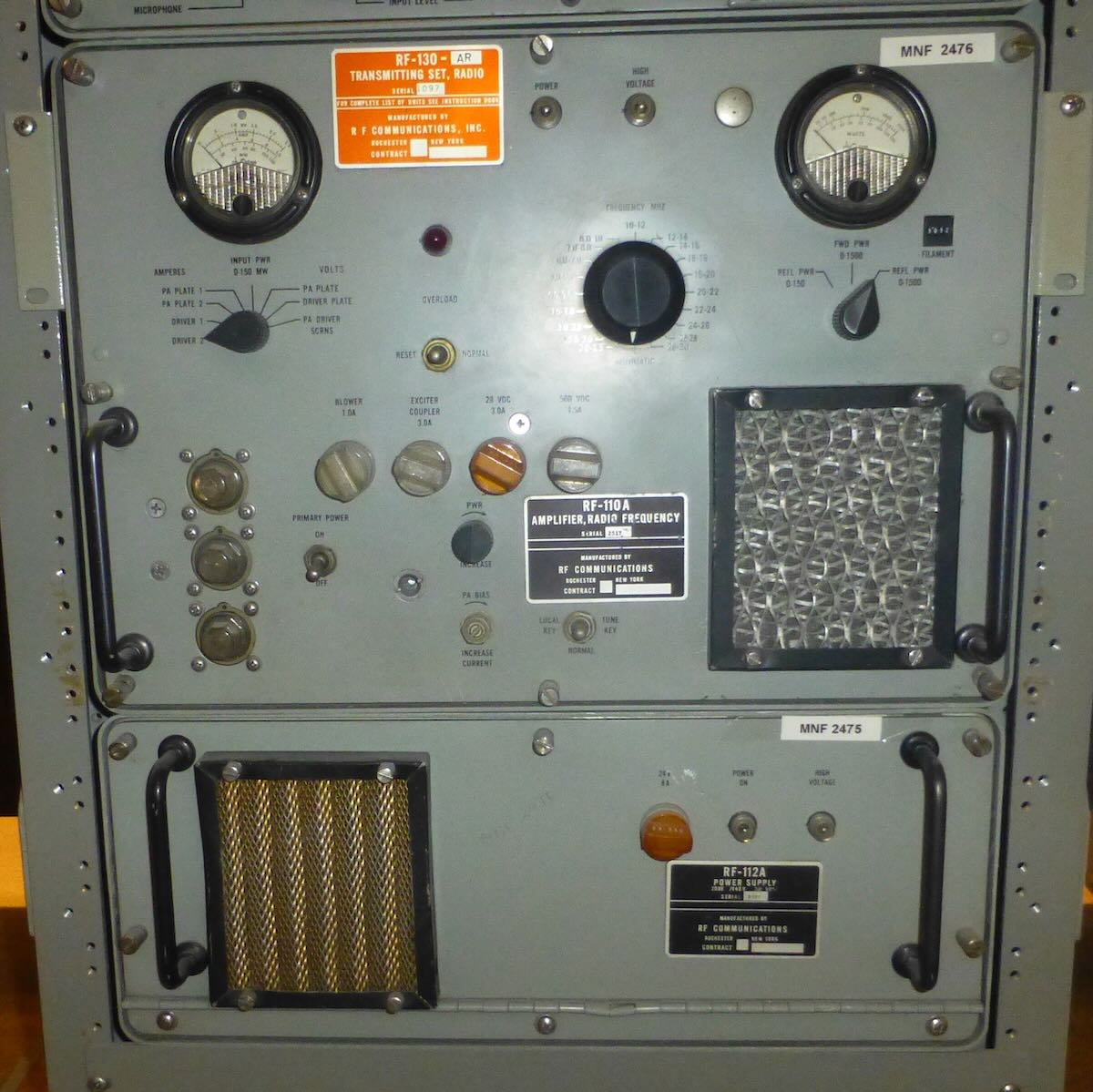
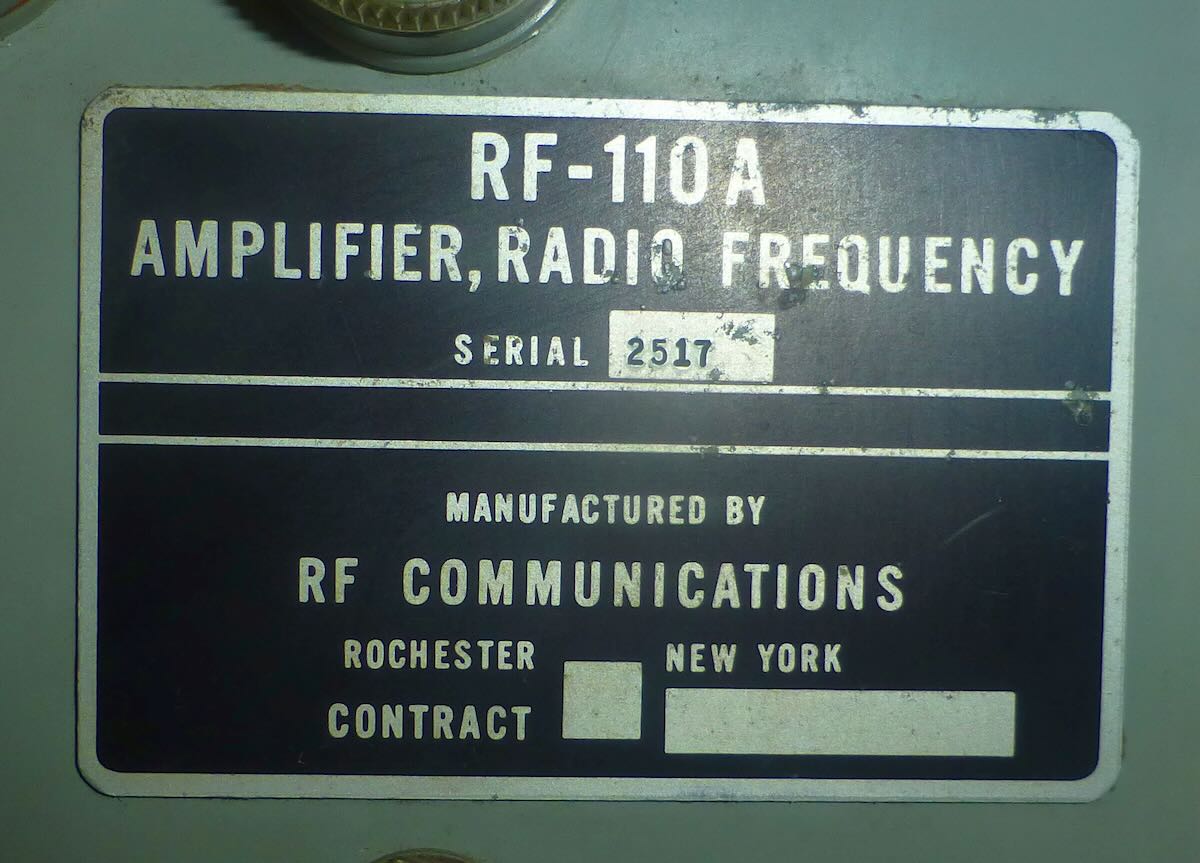
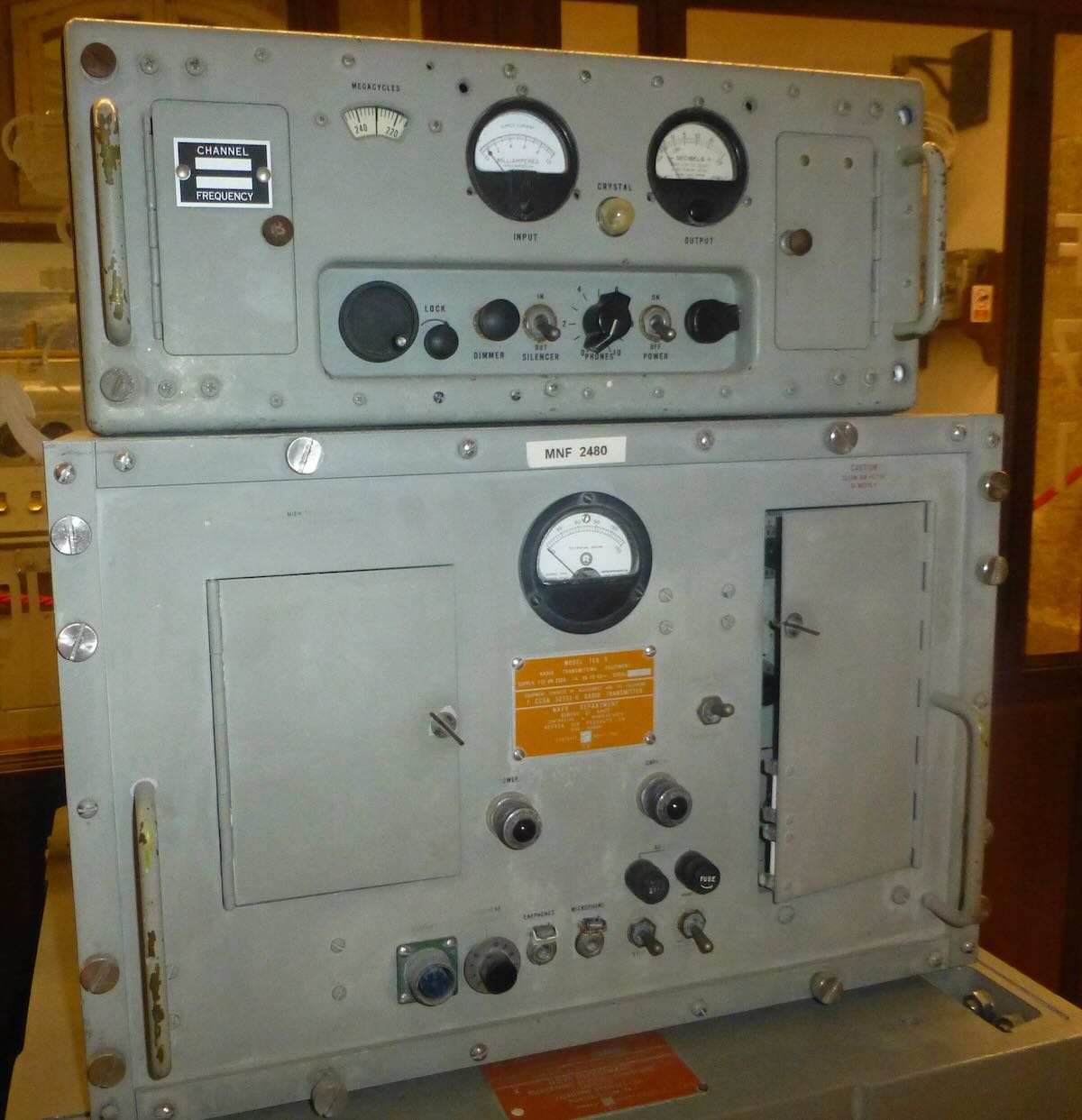
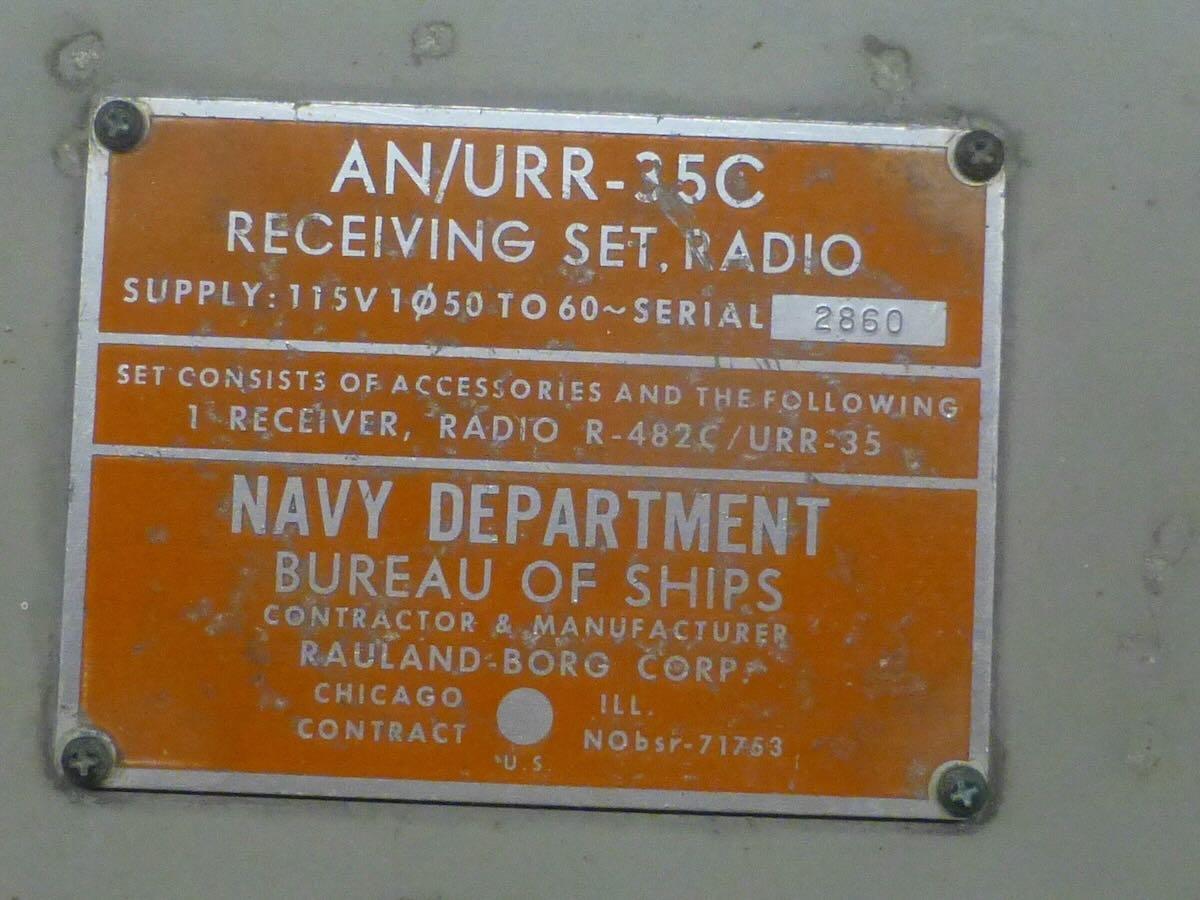
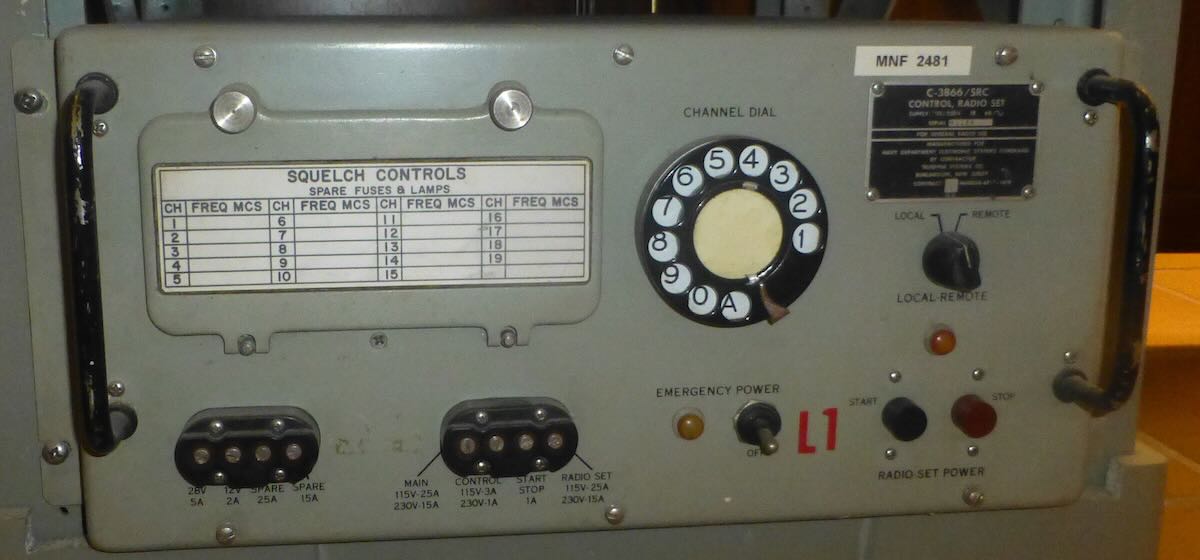
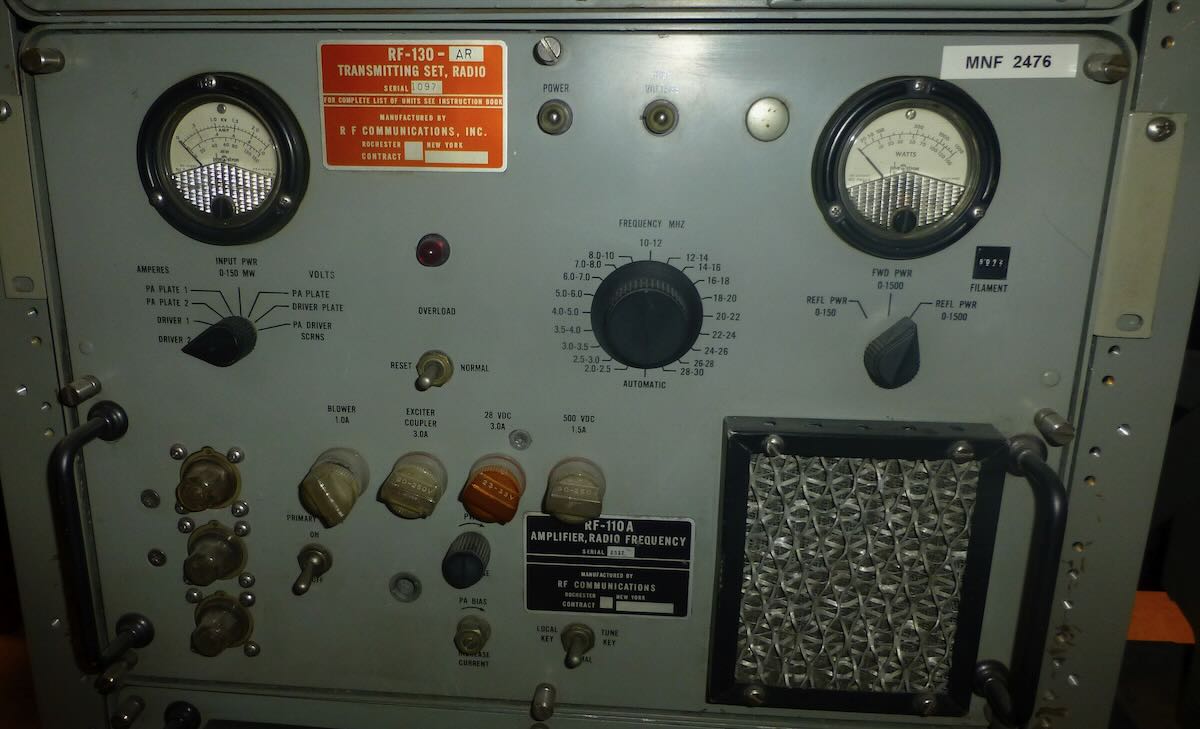

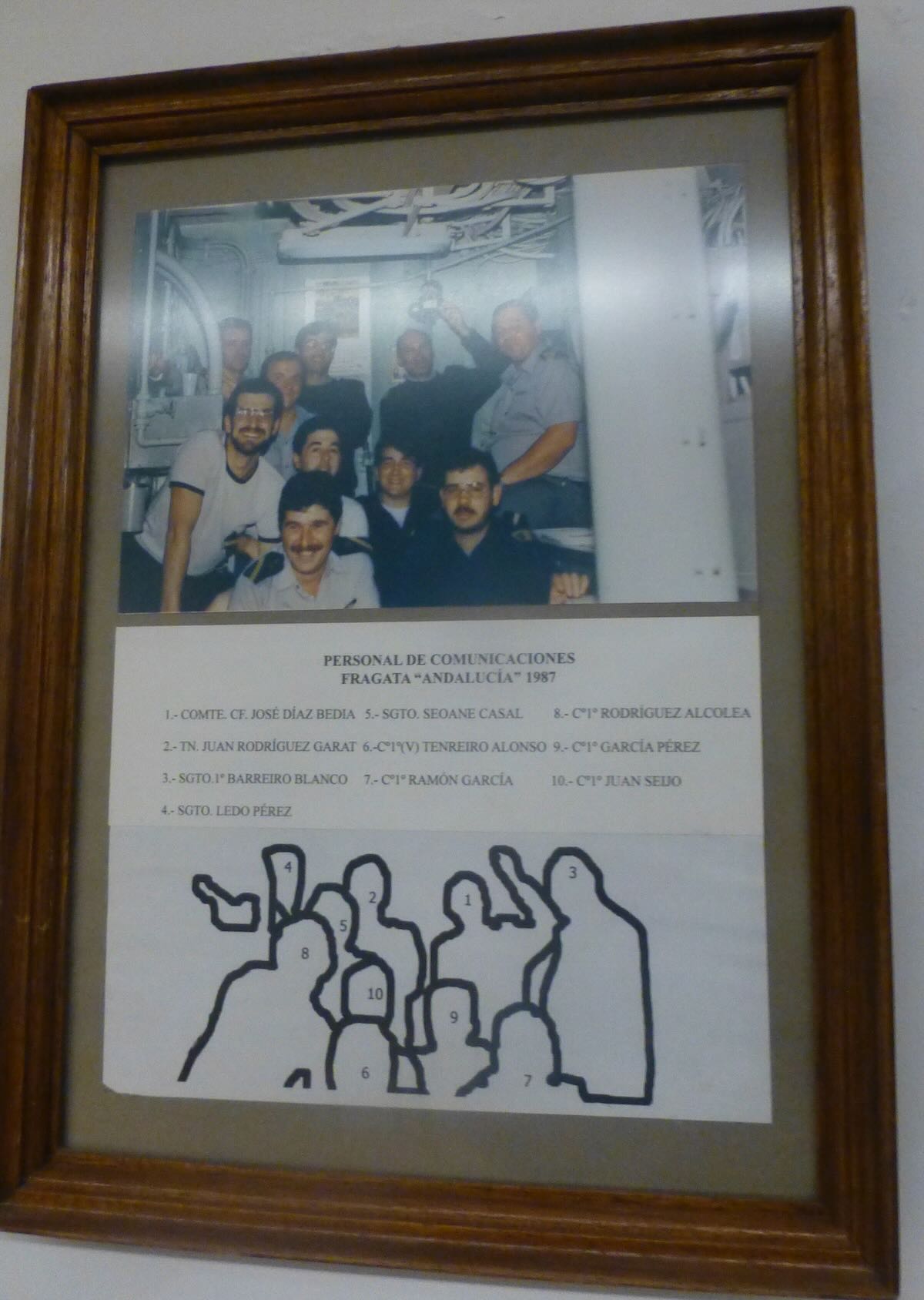
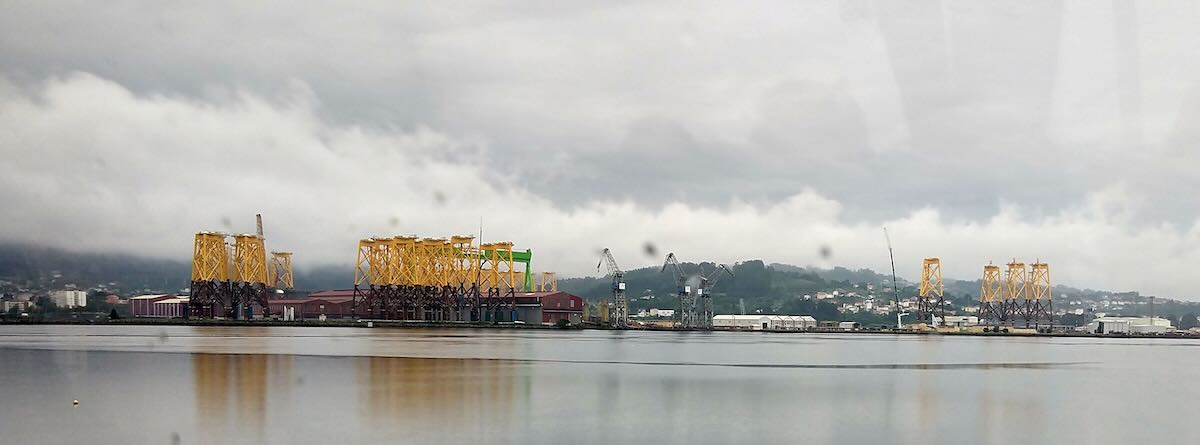
As always, really interesting with lovely pictures and I love the Apollo gear pr0n! 🙂